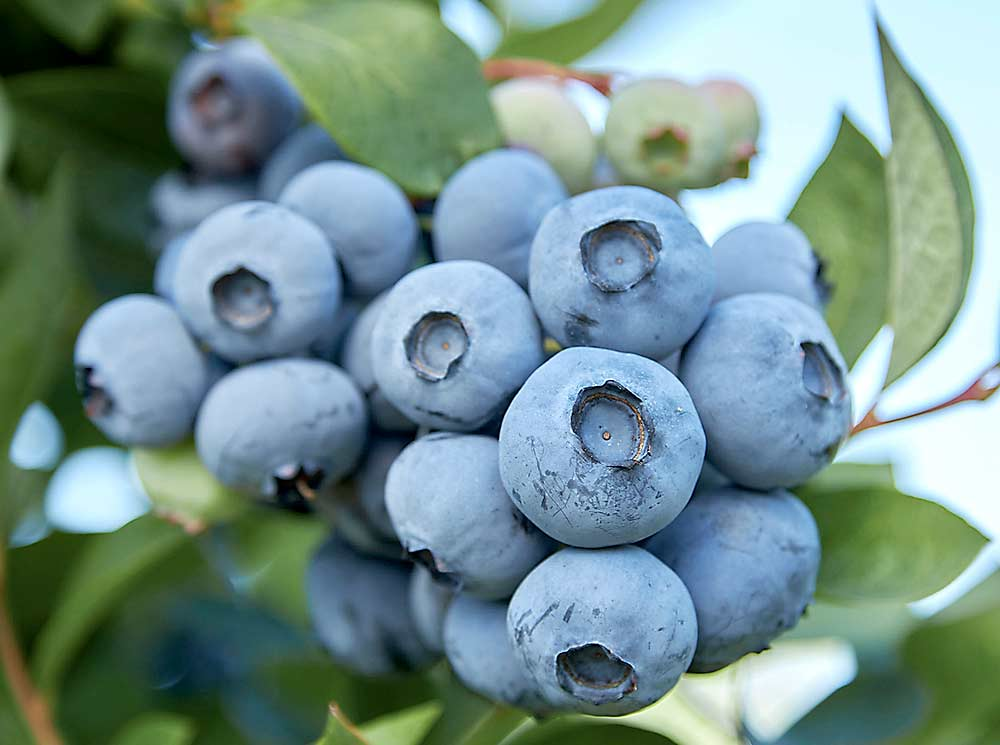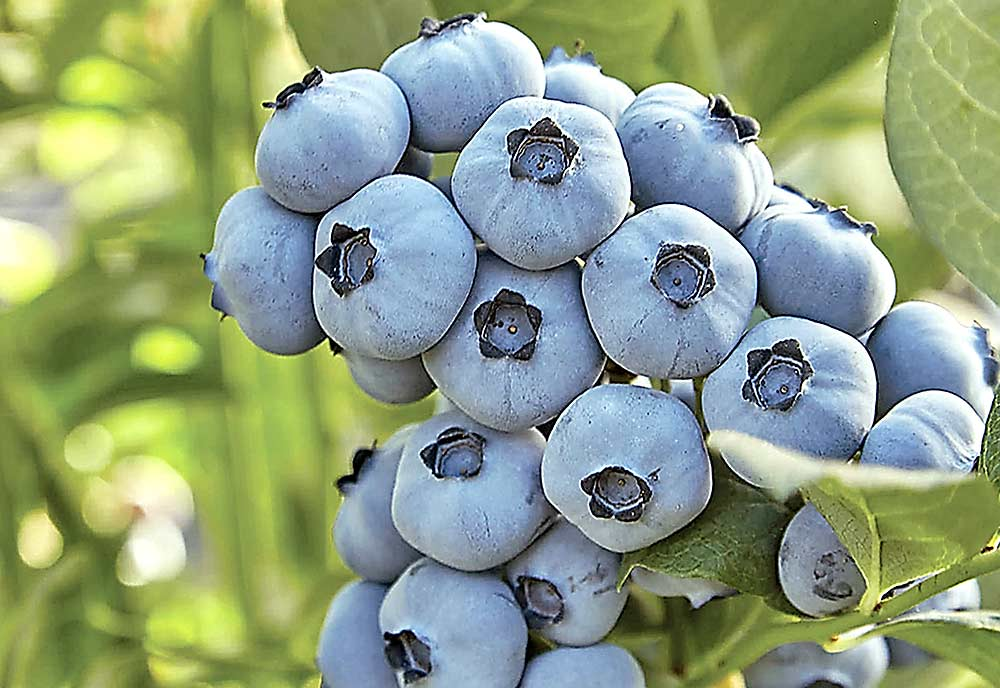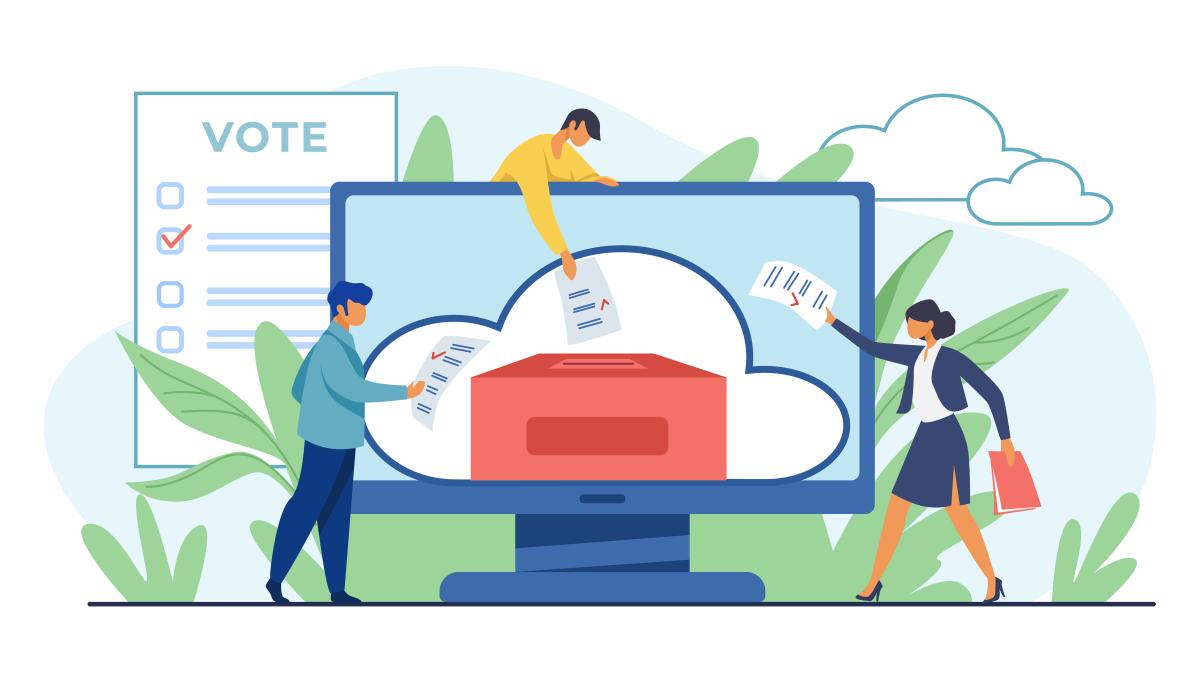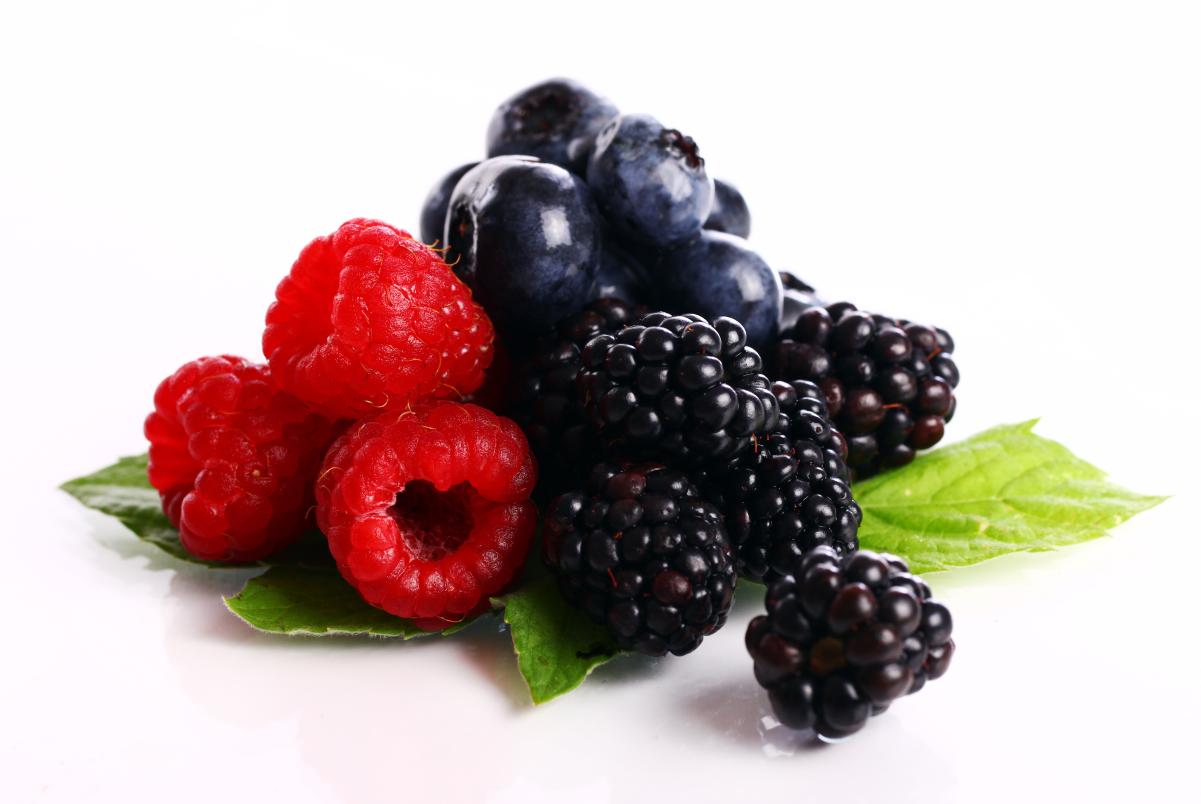"The fresh blueberries industry needs berries that are large, free of defects and remain firm during storage. Flavor and texture are becoming increasingly important. In addition, the fruits need to be efficient to harvest by both hand and machine," said Lisa Wasko DeVetter, associate professor and specialist in berries at Washington State University.
For processing berries, the important traits are size, color and ease of machine harvesting.
Both markets require high yields to maximize profitability. Seasonality is also important to identify specific market windows that may be more profitable, as well as balancing labor availability and other operational logistics, said Wasko DeVetter.
Good Fruit Grower has contacted public and private breeding programs, seeking information on the latest varieties of blueberry released or planning to release soon. Descriptions provided by breeders will acquaint growers with some of the latest blueberries available.
FALL CREEK
Fall Creek Farm & Nursery's ArabellaBlue is a high-temperature variety that ripens mid-season. Its large berries have excellent flavor and aroma, even after long cold storage (42 or more days, on average).

LoretoBlue is a high-temperature variety that ripens mid-season. It has a high yield of uniform, very firm, large fruit and offers excellent shelf life, maintaining superior firmness at harvest and throughout cold storage (42 or more days, on average). Fruits can be kept on the plant for more concentrated ripening, which often lends itself well to machine harvesting. Plants are uniform and produce many new canes each year, which can facilitate pruning.

LunaBlue is a high-temperature variety that ripens late in the season. It has a high yield of large, uniform berries that maintain their quality during cold storage (35 to 42 days, on average). This variety offers growers a high-quality option in the late-season window, when there are few varieties to choose from.

COOPERATIVE BREEDING PROGRAM OF THE U.S. DEPARTMENT OF AGRICULTURE AND OREGON STATE UNIVERSITY
Mini Blues is a Northern Highbush cultivar with very small berries, excellent aromas and an intensely sweet flavor. It is suitable for specialty markets, but with more consistent size, flavor and quality than blueberries Rubel or lowbush. Mini Blues can be pruned using a quick pruning method and is intended for machine harvesting. Mini Blues performs well in organic production systems.

Echo is an ornamental blueberry , intended primarily for the home garden and landscape trade. It produces more than one crop per season and was developed from germplasm adapted to the north. In Oregon it flowers in April and matures in late June and early July. Plants begin flowering again on new growth in mid- to late July and August. The second crop tends to be heavier than the first and begins to ripen in late August until the weather gets too cold. Plants are compact with dark green, glossy foliage.
MICHIGAN STATE UNIVERSITY
Michigan State University's newest product is Katahdin, a highly productive blueberry with excellent fruit quality. It is likely to adapt well to all northern production areas. Plants are vigorous and upright, although branches may be lax when loaded with fruit. Branches are numerous and moderately branched, and fruits are well exposed. Berries are large, medium blue in color, with good texture and flavor.
The fruiting season of Katahdin overlaps significantly with that of Draper and Bluecrop. Katahdin has larger, firmer fruit than Bluecrop and a much smaller harvest scar. Its berries may be somewhat smaller than Draper, but otherwise Katahdin has comparable quality. It is much more vigorous than Draper and more productive.
The next version of MSU, Capella, may not be available in nurseries until 2023. In trials conducted in multiple locations, Capella has proven to be an extremely upright and very vigorous shrub that matures mid-season.
In most locations, Capella produced good to excellent yields and its berries were good to excellent in size, color, texture and flavor. Capella ripens on average eight days after Draper and Bluecrop. Capella has a more upright habit and higher yields than Draper; fruit quality is comparable except for slightly darker blue color. Capella proved superior to Bluecrop in fruit weight, color, texture, and harvest scar.
BERRY BLUE
The latest innovation from the private company Berry Blue is Envoy. Envoy is more adaptable to high temperature environments, with ripening times approximately the same as Duke. The berries are very large and firm, light blue, with an almost round shape and a concentrated ripening period. The flavor is excellent, with balanced sugars and acidity and a crisp, juicy texture. The plant, which grows very erect, has excellent vigor and a good foliage habit.
UNIVERSITY OF FLORIDA
Sentinel is a vigorous, early, high-yielding cultivar that has no known disease problems and is best adapted to north-central and central Florida. A moderate level of susceptibility to pepper thrips has been observed, similar to that of other cultivars.
Macfrut 2023: G-Berries presents Cupla, the early and productive blueberry
Melissa: a success that for Coop. Sole is worth 100 hectares
Source: GoodFruitGrowers
Photo: WSU Mount Vernon Small Fruit Horticulture Professor Lisa Wasko DeVetter inspects her program's newly planted blueberry test plot. (Photo by Kim Binczewski)









